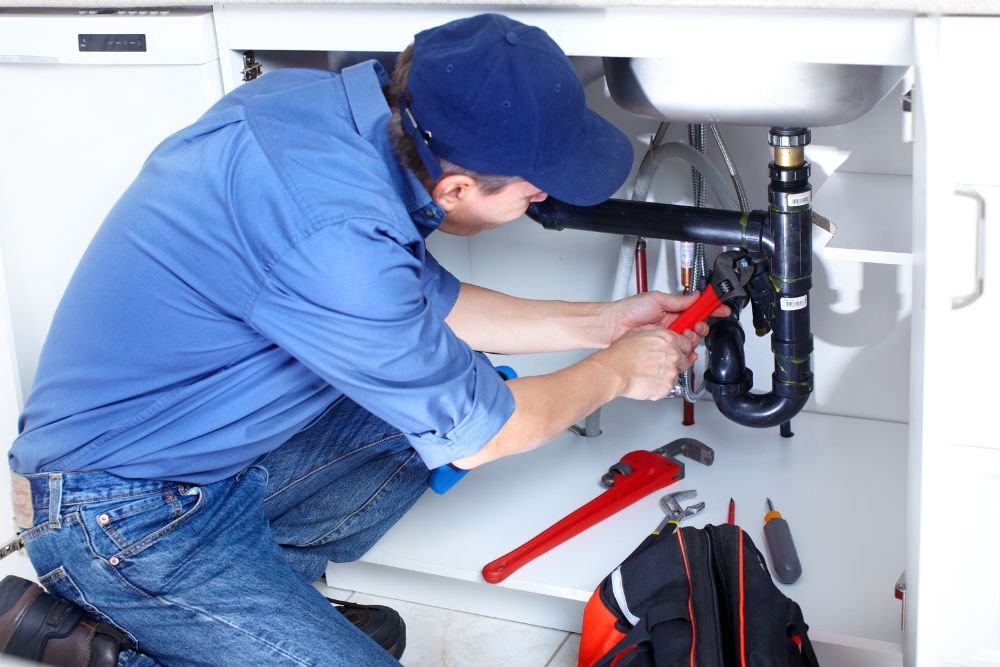How to Spot a Profitable Fixer-Upper Property

A fixer-upper offers the chance to build equity quickly, which makes them excellent investments for those interested in real estate. These properties, which need repairs or cosmetic updates, often sell for less than move-in-ready homes.
Identifying a home with strong profit potential requires a careful eye and thorough research. This guide will walk you through the key steps to spot a profitable fixer-upper property.
Location, Location, Location
The quality of the neighborhood is a crucial factor you cannot change through remodeling. A desirable location will help ensure the property’s value increases after renovations.
Start by searching in some of the best areas to flip homes that already have high demand. Look for homes in areas with good schools, low crime rates, and access to amenities like parks and shopping.
Driving through the neighborhood at different times can provide insight into the community. A well-maintained area with rising property values is a strong indicator that your investment will pay off.
Assessing the Bones
A property’s structural integrity is fundamental to its value. During a viewing, check for major issues like a cracked foundation, an aging roof, or outdated electrical and plumbing systems. These problems can be expensive to fix and may erase your potential profit.
Hire a professional home inspector to uncover problems untrained eyes may not notice. This gives you a clearer picture of the home’s condition before you commit.
Identify Hidden Costs
Cosmetic updates are one thing, but hidden issues can quickly drain your budget. Problems like mold, termites, or asbestos are costly to resolve and often require specialized professionals. These issues can cut into your budget and turn a promising project into a financial burden.
Always set aside a contingency fund to cover unexpected expenses. A healthy buffer, typically 15-20% of your total renovation budget, will protect you from unforeseen costs that arise during the project.
Conduct Market Research
Conducting market research is crucial to understanding the local real estate market and having success in your investment. Research recent sales of similar-sized, renovated homes in the area to determine a realistic after-repair value (ARV). This will help you calculate your potential profit margin accurately.
Your goal is to buy a property for a price low enough to cover the purchase, renovation costs, and holding expenses while still leaving room for profit. Analyzing comparable sales helps you make an informed offer and avoid overpaying.
Finding Your Own Fixer-Upper
Whether you’re investing in a property to sell or finding a new home, knowing how to find the right fixer-upper involves more than just seeing past the surface-level flaws. By focusing on location, structural soundness, potential hidden costs, and market data, you can make a smart investment. Diligent research is the best way to ensure your renovation project leads to a profitable outcome.







